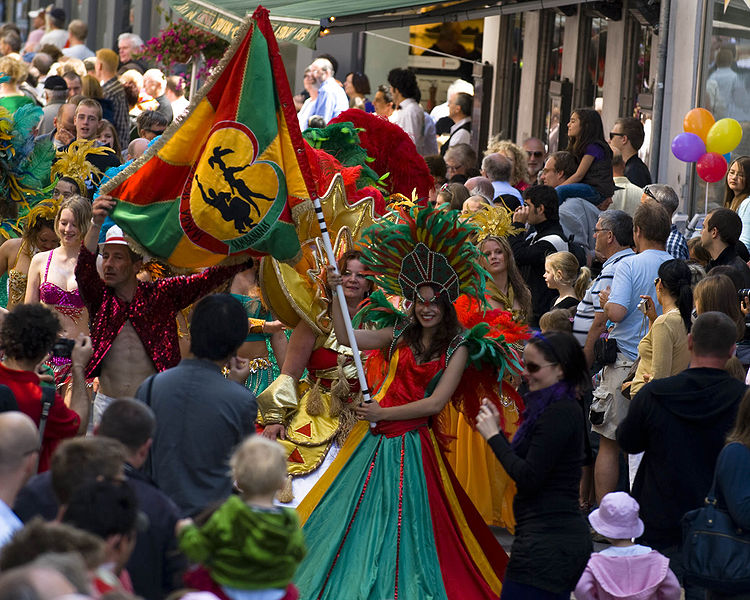Starting later this week, accelerating through the weekend, and exploding by next Tuesday, the world will be entering Carnival season.
Which Carnival you are most aware of probably depends on what language you speak: people in continental Europe are curiously ignorant of Anglophone Trinidad’s event; while English speakers can be vague in their understanding of what’s about to happen in Barranquilla. Most Carnivals have been studied to death, from the politics of their music to the epidemiology of their libidinousness. It is somehow not shocking that people would seek excuses to classify humanity’s drunkest month as something requiring further study.

None of the studies, however, seems to have addressed the question we’d really want science to answer, which is “where’s the party?” Is Rio really the only place to mark the beginning of Lent?
For the cultural anthropologist who can convince his or her department that modern macro-economics hasn’t fully considered the example of the rum market; that the ornithology of the feather bikini is terribly overlooked in the literature; that the department could really use a proof, by mathematical logic, that God is Brazilian—get to the airport by Friday.
But do not go to New Orleans, or even Rio. Go, instead, to any of the lesser-known demonstrations of the ways in which humanity is both wildly diverse (Mardi Gras looks different in Bolivia) and pretty much the same everywhere (dancing is fun, let’s do more of it).
The perfectly-named FestivalPig’s list of the best Carnivals in the world offers some ideas:
Oruro, Bolivia (#4)
Around 600,000 people line the streets…The parade is led by San Miguel who is followed by devils, El Tio – lord of the underworld and lots of conquistadores painted like devils. This parade makes its way to the soccer stadium where good triumphs over evil.
Olinda, Brazil (#2)
Most Brazilians will tell you that Olinda has the best carnaval in Brazil….Pernambuco (the region) has the unique trevo music, afoxé instruments, colorful umbrellas & Maracatu (mix of theatre and dance) umbrellas as well as foliõe bands and the parading of giant dolls.
The festival has a more African influence compared to the European feel of the Rio carnival which is evident in the flirty dances like the gut flexing bate-coxa, the umbrella-spinning frevo, the noble maracatú or the extremely graceful caboclinho.
Barranquilla, Colombia (#9)
Per leading Barranquilla Studies scholar, Shakira, in Barranquilla se bailan asi.
Belgium. Belgium? Belgium


